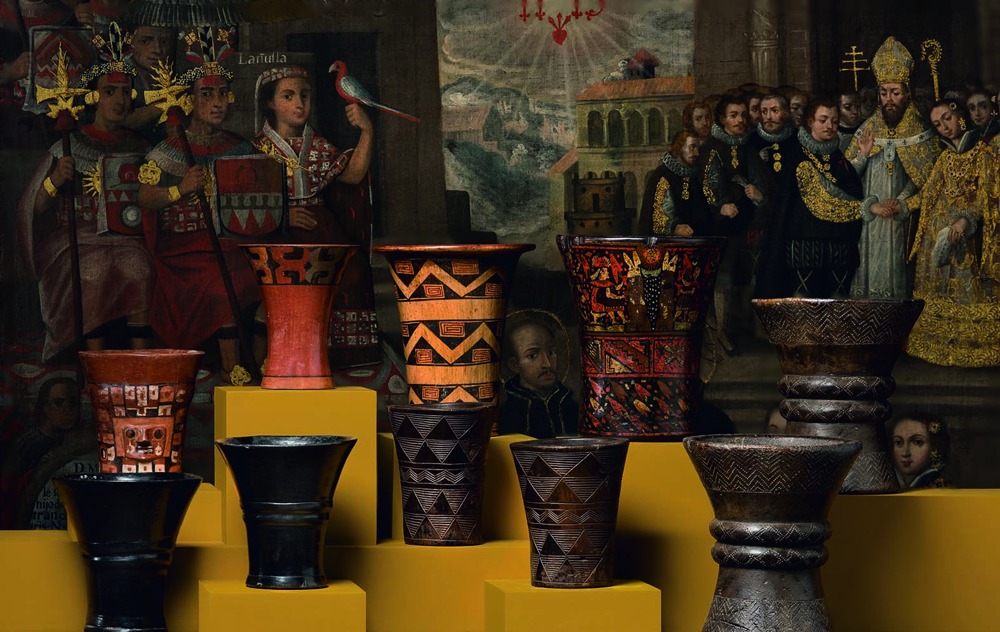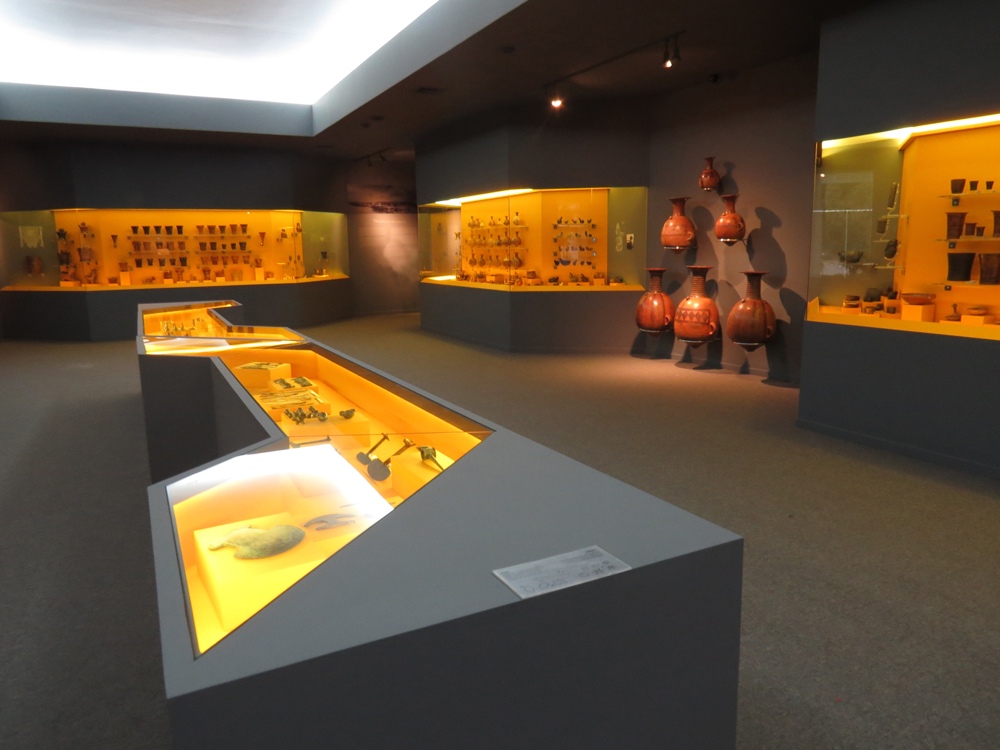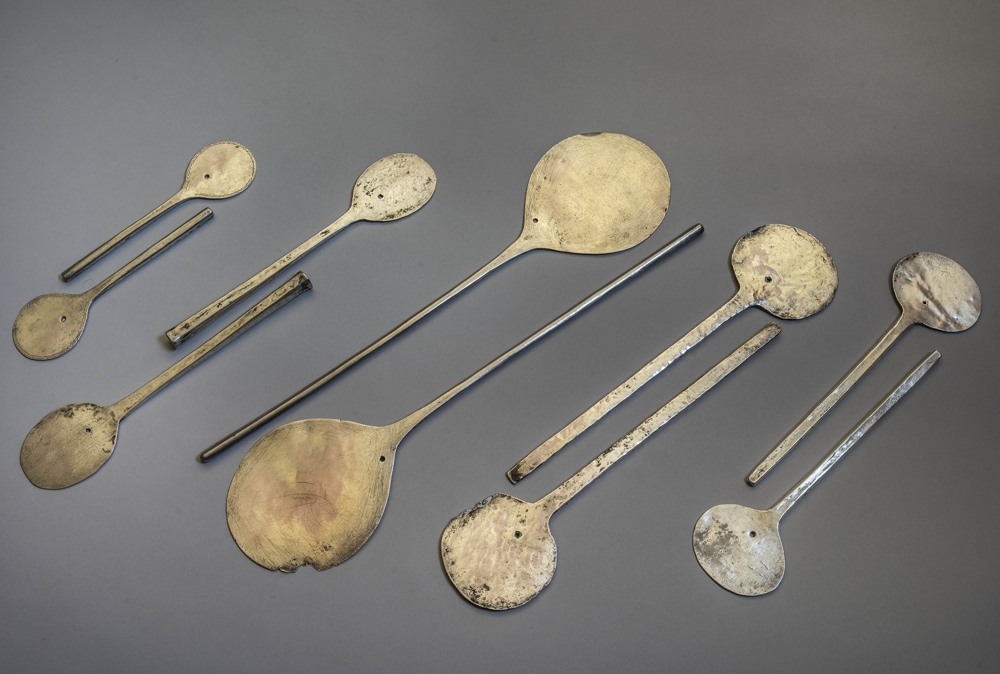Peru is a country rich in cultural history, with ancient civilizations ranging from one of the oldest in the world – the Caral civilization that dates back to 3,200 BC – to the powerful Incan Empire from the 16th century. Last week the Aracari team visited the Pedro de Osma Museum, which helps explain some of the country’s deep history. A treasured collection of colonial paintings, sculpture and silver, Pedro de Osma Museum is housed in a beautiful setting in Barranco with manicured gardens and is one of Lima’s best museums. Here we saw the Pre-Colombian artifacts of the newest exhibition room, which explain the origin of the Incas, admired viceregal artwork and delved into the museum’s storage facilities with the museum’s Director.
Exclusive Access Visit to Pedro de Osma Museum
The Aracari team made our way to the bohemian neighborhood of Barranco where Pedro de Osma is settled in a gorgeous turn of the 20th century home. As we pulled up, I was immediately impressed by the beautiful property before even having stepped inside. I was especially excited to visit as we were to be guided by the museum director and curator of the newest wing of the museum, Pedro Pablo Alayza. Pedro Pablo is one of Aracari’s specialists, allowing unrivaled insight and access to the museum for visitors he accompanies, including the warehouse which is usually closed-off to the public.
Interested visiting Lima’s top museums and connecting with their curators? Contact travel@aracari.com for private, tailormade trips to Peru
 The History of the Pedro de Osma Museum
The History of the Pedro de Osma Museum
The white mansion, surrounded by an expansive garden and outdoor patio, was the personal home of Pedro de Osma Gildemeister, a man who purchased and preserved Peruvian viceregal artwork. Pedro displayed objects from his collection in the various rooms of his home, with no intention of claiming the space as a museum: he simply loved art, and wanted to share it with the world. Following his passing in 1967, Pedro’s family decided to conserve the collection and fulfill his hopes of sharing it with the public, and the Museum opened its doors to the public in 1996.
The Main Collection
The main collection in the museum, full of paintings, sculptures, furniture, and silver from the viceregal period, belong to Pedro de Osma Gildemeister’s collection. While we had a chance to explore some of the incredible hallways decorated with this art, our trip this time was really focused on the new exhibition space, the Pre-Colombian wing, also known as the ‘Andean Room’.
The Pre-Colombian Wing of Pedro de Osma Museum
Filled with pieces from the Tiahuanacu (Tiwanaku) and Incan cultures, the newest wing, inaugurated in early 2017, aims to explore the origins and cultural traditions of Ancient Peru and give visitors a better understanding of how the country and the Incas came to be.
The extremely engaging museum director and curator Pedro Pablo led us around the museum with ease, explaining that his intention is to always find a way to connect history and facts with storytelling. He has achieved this gracefully in the small Pre-Colombian wing, concisely conveying the complex history of both pre and post Incan cultures. Pedro Pablo stressed how ‘archaeology’ is a science, not a period of time, emphasizing the point that different time periods inter-connect, and that even in modern day Peru we can see the cultural influences of Pre-Colombian life. As the new wing of the museum shows, the Incas didn’t just suddenly appear from nowhere as a culture, rather there was a process of development.
As the Tihuanacu archaeolgical site sits in modern day Bolivia close to the Peruvian border by Lake Titicaca, the pre-Inca civilization Tiahuanacu is easily mis-conceived in the Peruvian narrative for being ”not Peruvian”. Nontheless, it was in fact an extremely important stepping stone in the path to the Incan culture. The Tihuanacu focus in the wing of the museum makes it a very interesting visit for those heading to Bolivia after their time in Peru.
The wing features a variety of artifacts from the era to help convey this such as quero pottery vases. Comparing Tiahuanaco and Incan artifacts, Pedro Pablo showed us how one culture evolved and influenced the next. The small and concise wing also connects the pre-Colombian era to the viceregal artwork that adorns the other spaces in the Pedro de Osma Museum. It uses paintings to demonstrate how the Europeans impacted Incan culture, leading to a mix which is evident in present day Peruvian culture.
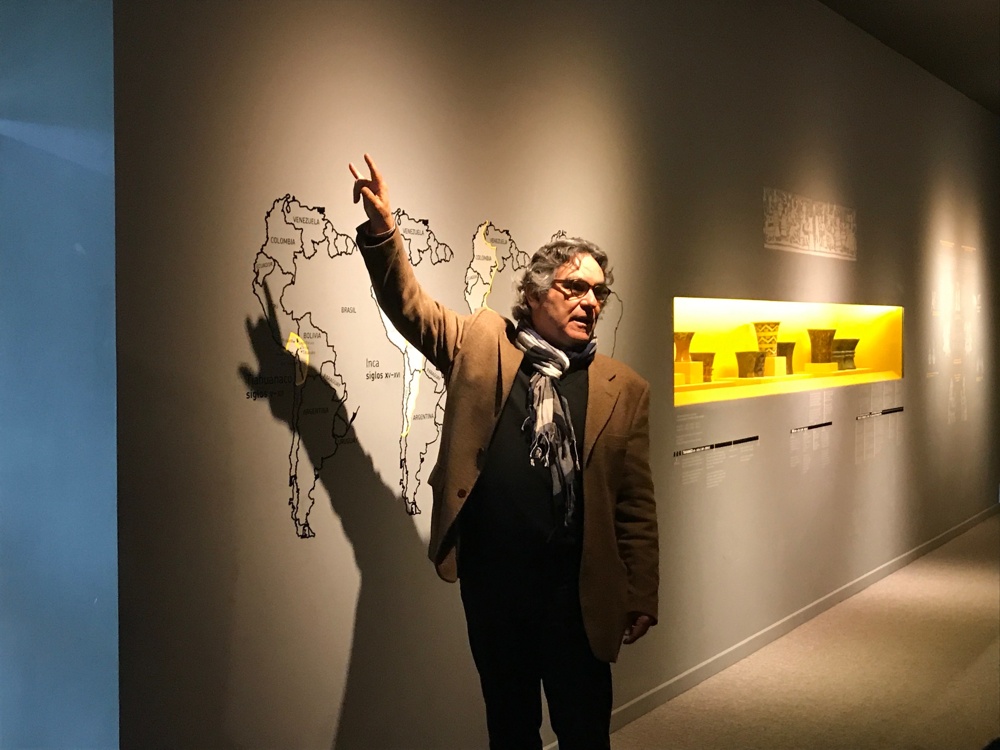 Extremely well organized, with all the text in both Spanish and English, the wing has been curated to be friendly to all types of museum goers – from those who quickly enter, look and leave, to those who spend hours taking notes on what is displayed. Along with the descriptions on the walls are large reproductions of the artifacts’ design so that visitors can easily see the patterns of the work. These enlargements help immensely as you can see in detail the progress of design from culture to culture.
Extremely well organized, with all the text in both Spanish and English, the wing has been curated to be friendly to all types of museum goers – from those who quickly enter, look and leave, to those who spend hours taking notes on what is displayed. Along with the descriptions on the walls are large reproductions of the artifacts’ design so that visitors can easily see the patterns of the work. These enlargements help immensely as you can see in detail the progress of design from culture to culture.
Behind the Scenes Access at Pedro de Osma
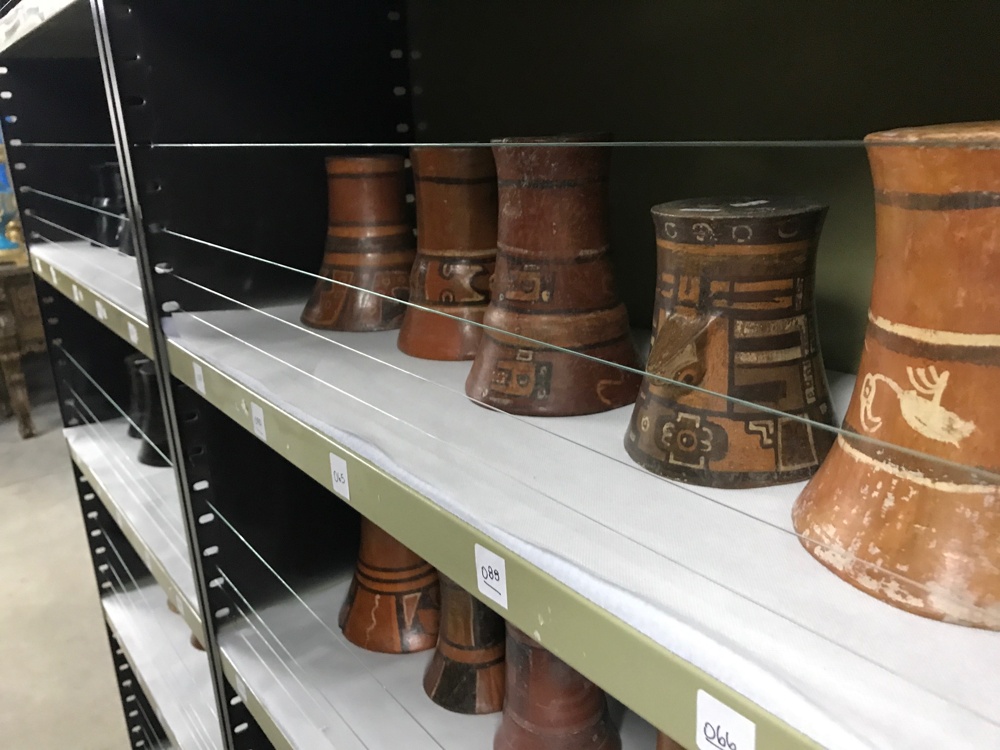 Director Pedro Pablo then took us to the ‘deposits’, where the museum keeps all the artwork that isn’t on display. I was audibly ‘oohing’ and ‘aahing’ as I walked through rows of Incan artifacts and admired shelves piled high with precious furniture and paintings. Getting a behind the scenes look at the Pedro de Osma Museum deposits was a truly exclusive touch to an already incredible visit as this area is usually closed to the public.
Director Pedro Pablo then took us to the ‘deposits’, where the museum keeps all the artwork that isn’t on display. I was audibly ‘oohing’ and ‘aahing’ as I walked through rows of Incan artifacts and admired shelves piled high with precious furniture and paintings. Getting a behind the scenes look at the Pedro de Osma Museum deposits was a truly exclusive touch to an already incredible visit as this area is usually closed to the public.
Planning your visit to Pedro de Osma Museum
The Pedro de Osma Museum is conveniently located in Barranco, Lima. Only a stones throw away from MATE, the gallery that displays photography by world famous Peruvian Mario Testino, and a short walk from MAC, the contemporary art gallery, the trio makes for a great half day of museum hopping. For visitors who opt to visit Pedro de Osma and MATE, a double entrance ticket can be purchased at either museum for entrance to both at a discounted price. A triple ticket can be purchased to include MAC when there are exhibitions there.
The Pedro de Osma Museum offers an audioguide in both Spanish and English, in the form of an app. Travelers can download the app before they visit the museum, and upon arrival enjoy its contents without internet connection. But even so, in order to take advantage of the extensive information in the museum, we recommend you visit with a guide.
Accompanied by an Aracari Specialist
A highlight of the visit was also being accompanied by Aracari specialist John Alfredo Davis Benavides, an expert in Peruvian folk art. Walking through the museum his engagement and excitement for Peruvian history was obvious – nodding in agreement with Pedro Pablo and chiming in with his own nuggets of knowledge. With the addition of the pre-Colombian exhibition space, John Alfredo considers Pedro de Osma Museum to be a highlight of Lima’s museum offerings, offering invaluable insight for travellers who will go to Machu Picchu and other Incan sites. He noted how though it is small, this exhibition room explains the origins of the Incan culture in a way that is not achieved by any other museum in Lima.
Best Museums in Peru
Peru’s history is displayed beautifully in the best museums in Peru. Apart from the Pedro de Osma Museum, our favorites in Lima include the Larco Museum for housing the world’s largest private collection of pre-Colombian art including ceramics, gold and silver jewelry and an extensive selection of ceramics from the Moche culture – featuring memorable erotic pottery, and the Amano pre-Colombian Textile Museum for the collection for gorgeous textiles. Read about some of our other favorites in Lima, Arequipa and Cusco, here.
A private visit to the Pedro de Osma Museum can be included on a tailormade trip to Peru with Aracari. Contact travel@aracari.com for more details.

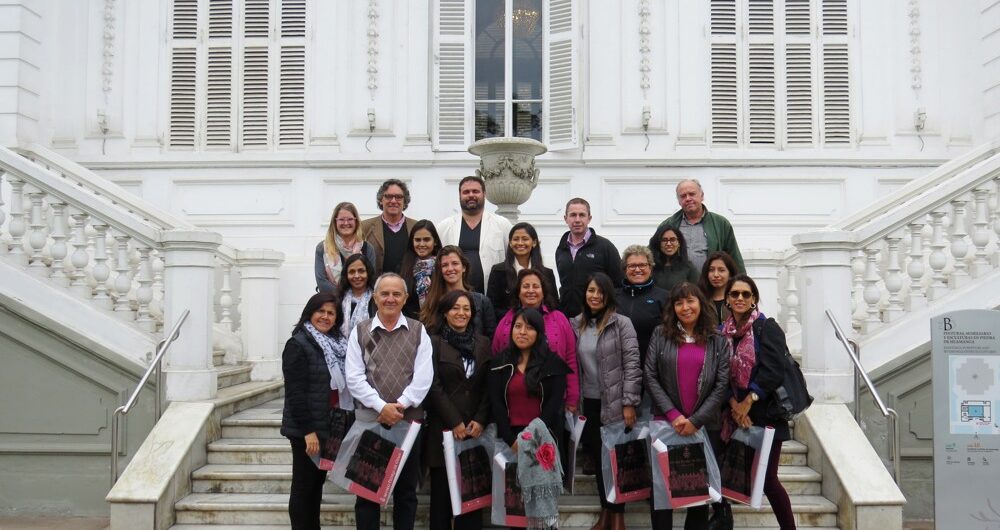
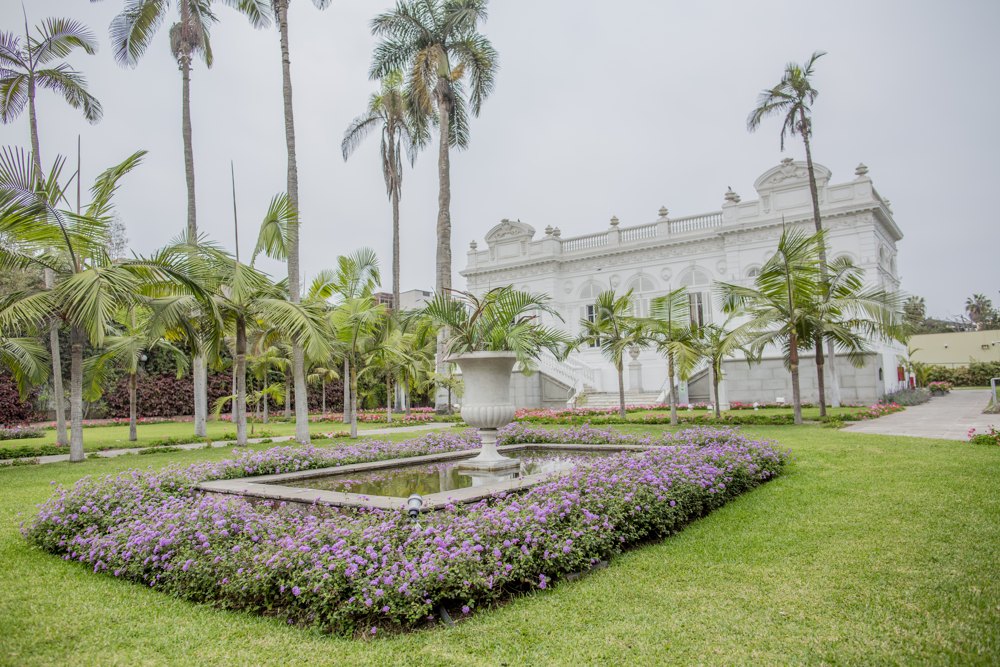 The History of the Pedro de Osma Museum
The History of the Pedro de Osma Museum